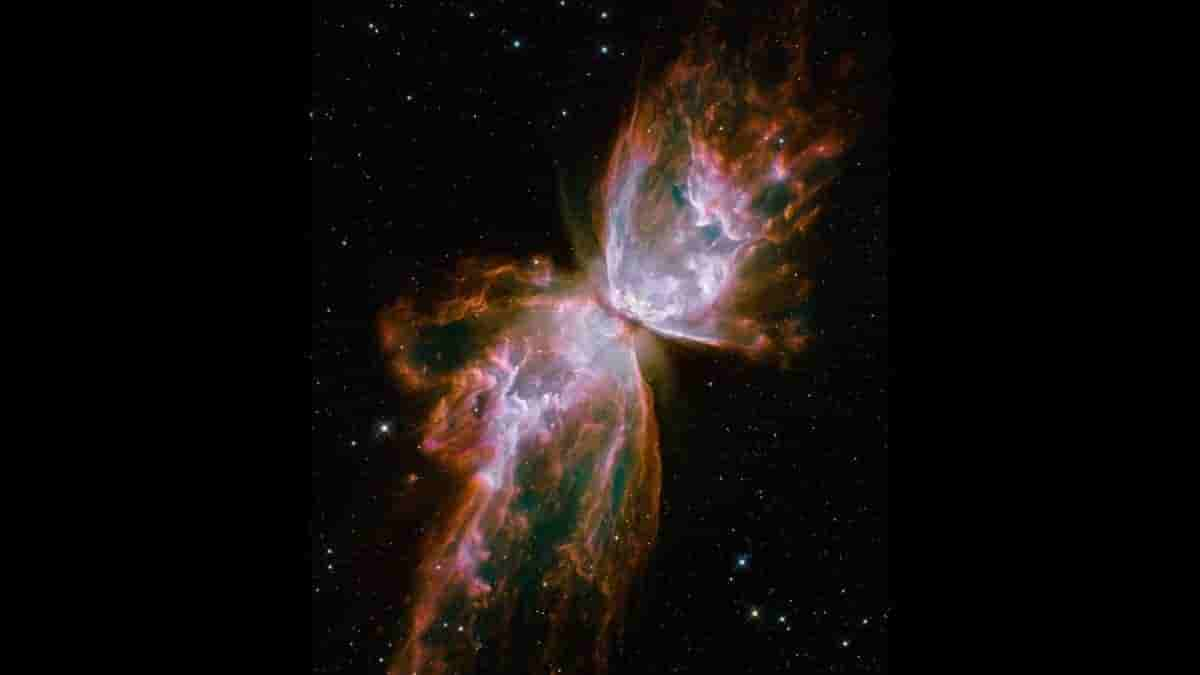NASA’s Hubble captures an image of Butterfly Nebula: Check details here

Space is so fascinating in itself and each new development brings in a lot of curiosity. Recently, NASA’s famed Hubble Space Telescope captured an image of a Butterfly Nebula wherein it projects layers of gas after their ejection from a star. This has taken place after the star exhausted its nuclear fuel.
NASA Hubble also posted about this on Twitter with breathtaking images of the Butterfly Nebula attached. The team also mentioned in their tweet that the nebula will fade away and it will turn into a stellar corpse. It will then be known as a white dwarf.
Let’s have a look at this tweet here.
A butterfly in the stars 🦋
This #HubbleClassic image of the Butterfly Nebula shows layers of gas being ejected from a star that has exhausted its nuclear fuel.
Eventually this nebula will fade and leave behind a stellar corpse known as a white dwarf: https://t.co/7ZEiPuVqqu pic.twitter.com/VEPmHlz1pP
— Hubble (@NASAHubble) February 20, 2023
Here’s more about the Butterfly Nebula.
The term ‘Butterfly Nebula’ was coined by William Herschel in the year 1826. It is known as Caldwell 69 or NGC 302 as per NASA’s catalog. It is important to understand that a planetary nebula has nothing related to a planet despite its name. The central star of Butterfly Nebula was first detected in the year 2009 by NASA Hubble’s Wide Field Camera 3. Butterfly Nebula is a result of a medium star that is running out of its fuel.
If you are an Astro enthusiast, here’s how you can have a look at Butterfly Nebula.
If you live in the Northern hemisphere, you can view it in Summer. Whereas, if you live in the Southern hemisphere, you can view it in Winter. If you want to have a look at the perfect Butterfly-like shape of the Nebula, you need to use a medium or a large telescope. You can also spot it with a pair of binoculars in case you do not own a telescope.


